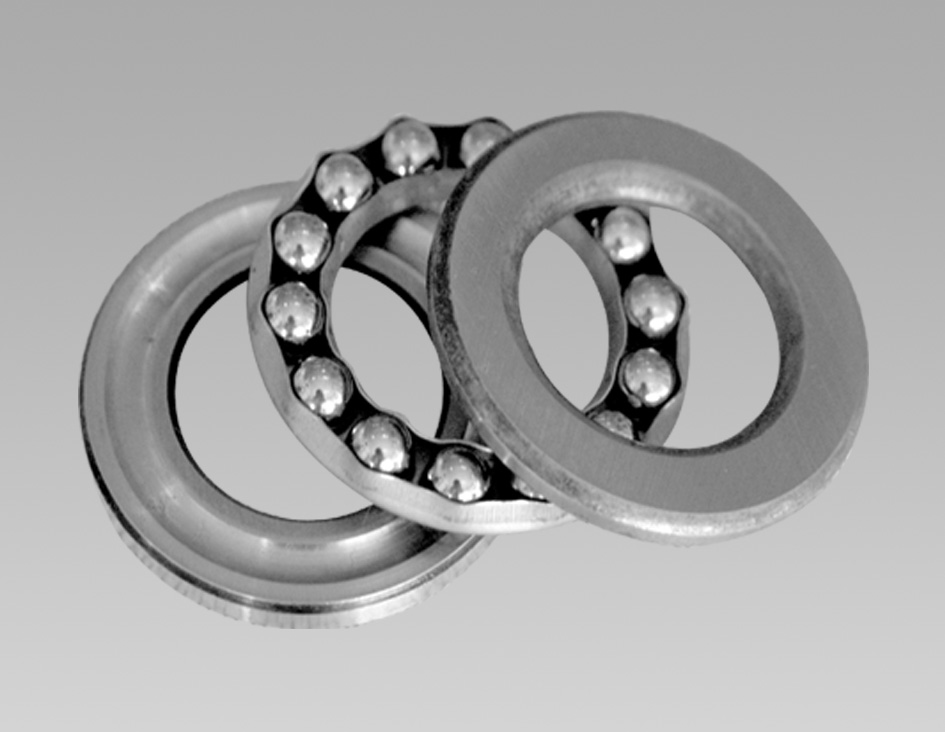
Nov . 08, 2024 09:58 Back to list
High-Quality 6303 Bearings for Optimal Performance and Durability in Various Applications
Understanding 6303 Bearings A Comprehensive Guide
Bearings play a crucial role in the functionality and efficiency of machinery, and among various types, the 6303 bearing has gained significant recognition in numerous applications. This article delves into the features, specifications, applications, and advantages of the 6303 bearing, providing a comprehensive understanding for those interested in this essential component.
What is a 6303 Bearing?
The 6303 bearing is a deep groove ball bearing that belongs to the 63 series, which is one of the most widely used bearing types in various industries. Specifically, the 6303 bearing has an inner diameter of 17 mm, an outer diameter of 47 mm, and a width of 14 mm. Its configuration allows it to handle radial loads as well as moderate axial loads in both directions. With a simple design comprising an inner and outer ring, balls, and a cage, the 6303 bearing provides excellent performance and longevity.
Key Features and Specifications
1. Design The 6303 bearing features a deep groove design, which allows it to accommodate various types of loads. The deep grooves enable it to support heavier loads without compromising on its operational capabilities.
2. Material Typically made from high-quality steel, the 6303 bearing can also be found in variants with stainless steel or ceramic materials. These alternatives are utilized in environments where corrosion resistance is vital.
3. Seal Options 6303 bearings can come with seals (2RS) or shields (ZZ), providing protection against dust and moisture, depending on the application requirements.
4. Load Ratings Depending on the manufacturing specifications, a 6303 bearing can have dynamic load ratings typically ranging from 7,500 to 15,000 Newtons, making it suitable for various loads encountered in industrial applications.
5. Temperature Range The 6303 bearing can operate in a temperature range of approximately -30°C to +120°C, though this may vary based on the lubrication used and the specific application settings.
Applications
The versatility of the 6303 bearing makes it applicable in numerous fields, including
6303 bearings

- Automotive Industry Used in wheel hubs, electric motors, and various other vehicle components.
- Industrial Machinery Commonly found in conveyor systems, pumps, gearboxes, and compressors, contributing to the smooth operation of machinery.
- Home Appliances Present in washing machines, refrigerators, and other household devices, the 6303 bearing ensures reliability and efficiency.
- Electrical Equipment Utilized in fans, motors, and power tools, where they help reduce friction and improve performance.
Advantages of Using 6303 Bearings
1. Efficiency The deep groove design minimizes friction, allowing for smoother operation and enhancing overall efficiency in machinery.
2. Load Capacity With its robust construction and load-handling capabilities, the 6303 bearing can support significant weights, making it ideal for heavy machinery.
3. Versatility Its wide range of applications highlights its adaptability across different industries, catering to various operational demands.
4. Cost-Effectiveness Given its durability and long lifespan, the 6303 bearing is often a cost-effective choice, reducing the frequency of replacements and maintenance.
5. Availability Easily accessible in the market, the 6303 bearing comes from various manufacturers, offering a range of price points and quality options to suit different needs.
Conclusion
In conclusion, the 6303 bearing is an integral component across numerous applications due to its robustness, versatility, and efficiency. Understanding its specifications, features, and applications can empower engineers, technicians, and industry professionals to make informed decisions regarding their selection and usage. Whether in automotive, industrial, or household contexts, the 6303 bearing remains a reliable choice that can enhance the performance and longevity of machinery, ultimately contributing to greater productivity and reduced operational costs. As technology evolves, the role of such bearings will continue to grow, propelling further innovations in engineering and manufacturing processes.
Latest news
-
Premium Deep Groove Ball Bearings | High Speed & Reliability
NewsAug.29,2025
-
Durable Scaffolding Clamps - Secure & Reliable Tube Connectors
NewsAug.28,2025
-
Common Failures in Thrust Ball Bearings and Solutions
NewsAug.22,2025
-
How Tapered Roller Bearings Can Take Shock Loads
NewsAug.22,2025
-
Angular Bearings in High-Precision Spindles
NewsAug.22,2025
-
The Impact of Misalignment on Cylindrical Roller Bearing Performance
NewsAug.22,2025
